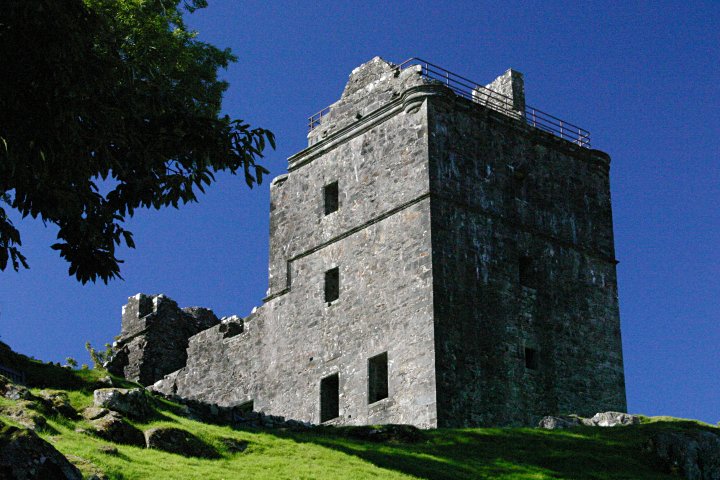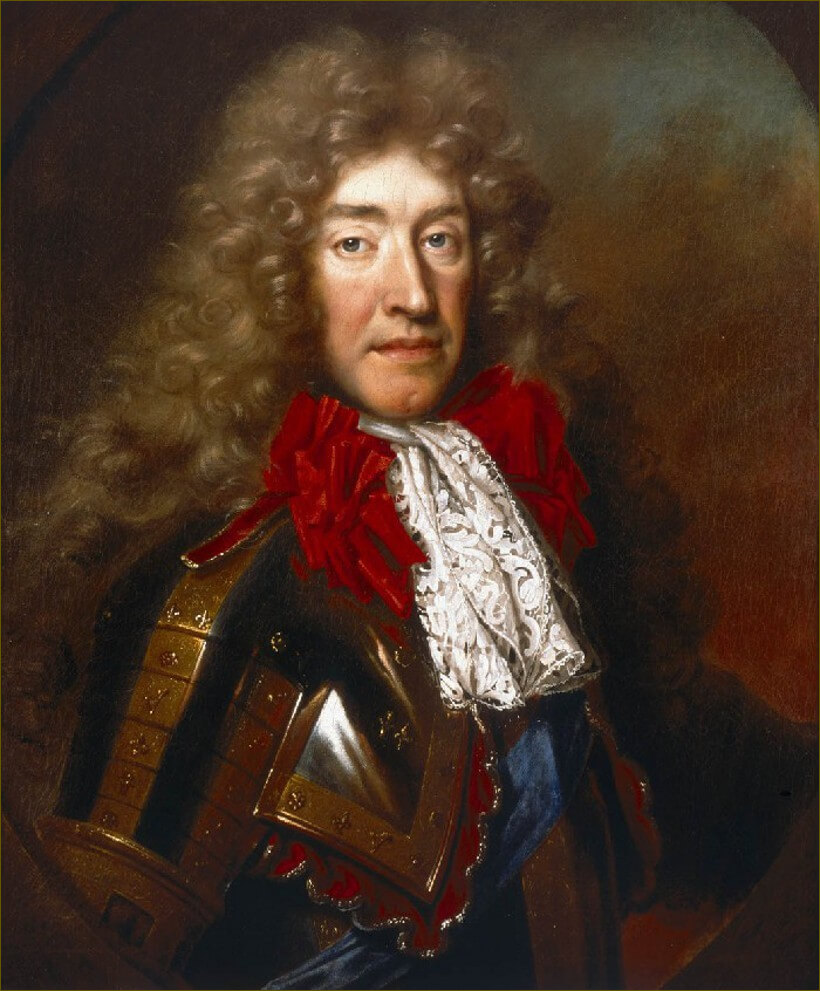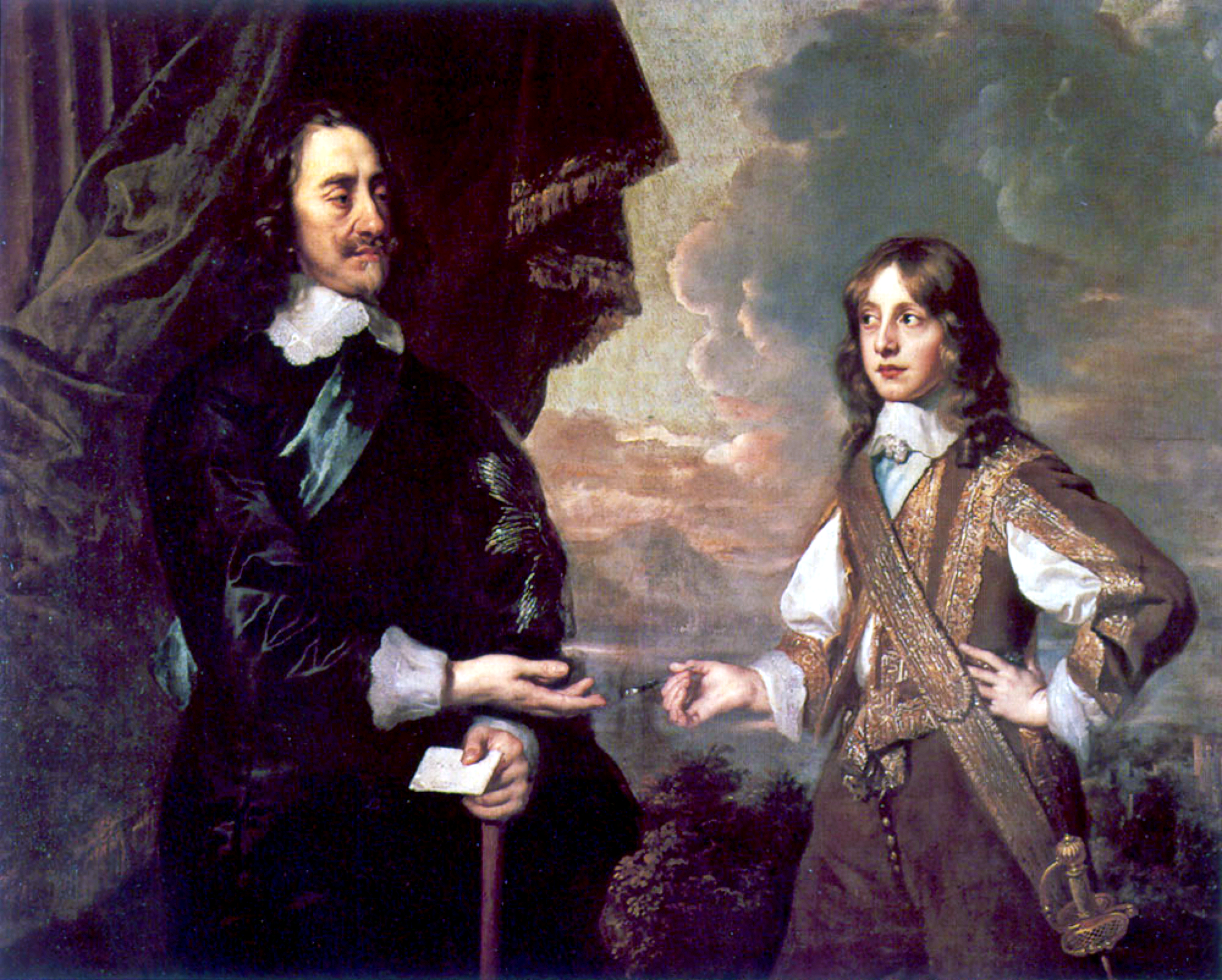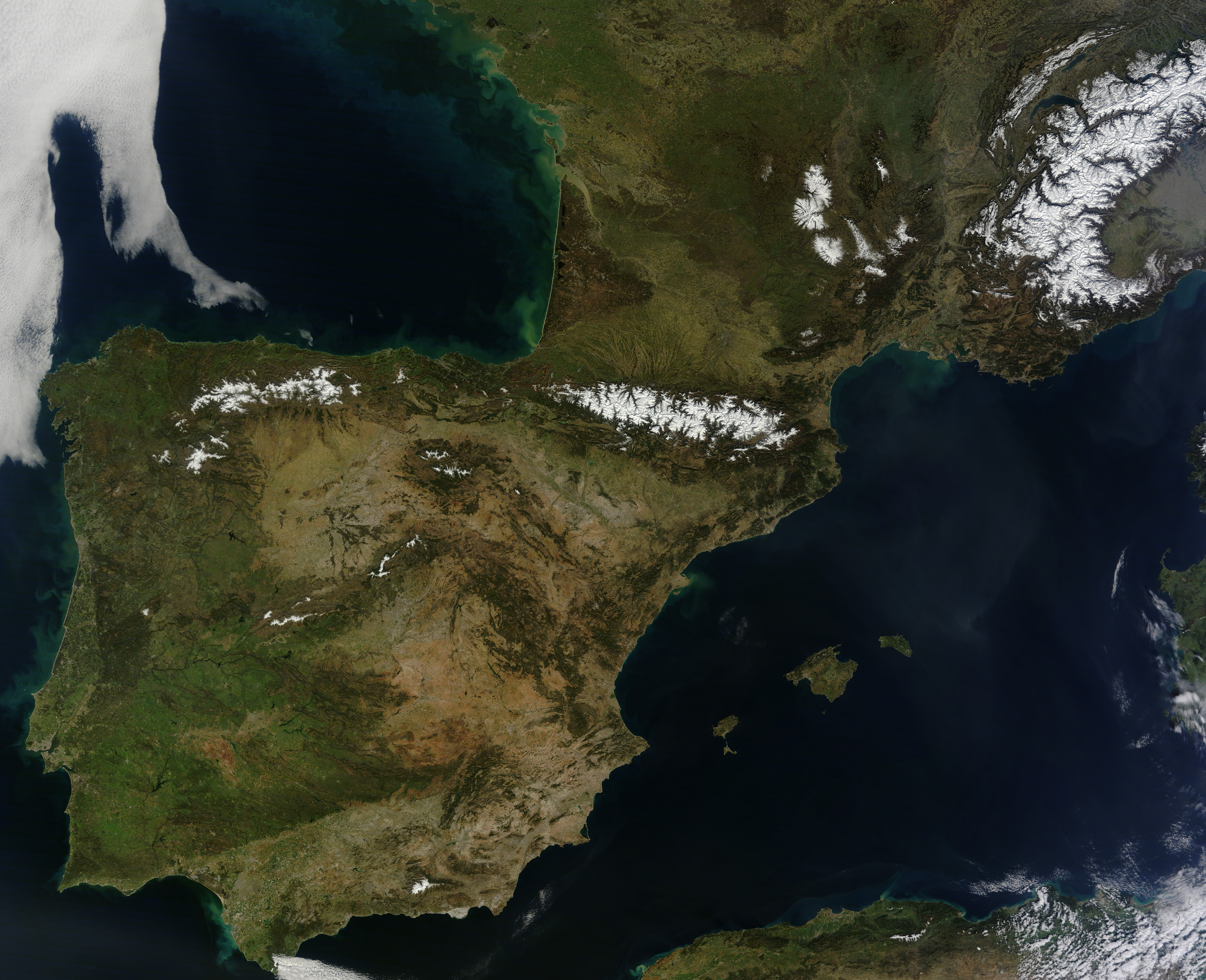|
Robert Duncanson (Scots Army Officer)
Robert Duncanson, 1658 to May 1705, was a Scottish professional soldier from Inveraray; a retainer of the Earl of Argyll, he began his career during the 1685 Argyll's Rising, and is now best remembered for his involvement in the February 1692 Glencoe massacre. Following the failure of the 1685 Rising, he escaped to the Dutch Republic, and returned after the 1688 Glorious Revolution in Scotland. During the Jacobite rising of 1689, he commanded the Earl of Argyll's Regiment of Foot, the primary unit involved in the Massacre, after which he was posted to Flanders for the Nine Years' War, where he remained until the 1697 Treaty of Ryswick. When the War of the Spanish Succession began in 1701, he served in Flanders until 1704, when he was posted to Spain and Portugal; in May 1705, he died of wounds sustained leading an assault on the Spanish border town of Valencia de Alcantara. Biography Robert Duncanson was one of four children born to John Duncanson (c.1630–1687), and ... [...More Info...] [...Related Items...] OR: [Wikipedia] [Google] [Baidu] |
Inveraray
Inveraray ( or ; gd, Inbhir Aora meaning "mouth of the Aray") is a town in Argyll and Bute, Scotland. It is on the western shore of Loch Fyne, near its head, and on the A83 road. It is a former royal burgh, the traditional county town of Argyll, and ancestral seat to the Duke of Argyll. During the Second World War the Combined Operations Training Centre, located close to the town, was an important military facility. Coat of arms The town's coat of arms depicts a net cast out over the ocean, entangled in which are five herrings and the Latin motto "SEMPER TIBI PENDEAT HALEC" (possible English translation: "may a herring always hang to thee"). Arthur Charles Fox-Davies, in his 1909 book ''A Complete Guide to Heraldry'', notes the following: ''There'' is no doubt of its ancient usage. ...and the blazon of the coat, according to the form it is depicted upon the Corporate seal, would be for the field: "The sea proper, therein a net suspended from the dexter chief and the sini ... [...More Info...] [...Related Items...] OR: [Wikipedia] [Google] [Baidu] |
Glorious Revolution In Scotland
The Glorious Revolution in Scotland refers to the Scottish element of the 1688 Glorious Revolution, in which James VII was replaced by his daughter Mary II and her husband William III of Orange, William II as joint monarchs of Kingdom of Scotland, Scotland and Kingdom of England, England. Prior to Acts of Union 1707, 1707, the two kingdoms shared a common monarch but were separate legal entities, so decisions in one did not bind the other. In both countries, the Revolution confirmed the primacy of Parliament over the Crown, while the Church of Scotland was re-established as a Presbyterian rather than Episcopalian polity. Although James became king in February 1685 with widespread support in both countries, tolerance for his personal Catholicism did not apply to the religion in general. When the Parliaments of Parliament of England, England and Parliament of Scotland, Scotland refused to rescind Test Act, legal restrictions on Catholics, James suspended them and ruled by decree. ... [...More Info...] [...Related Items...] OR: [Wikipedia] [Google] [Baidu] |
Lieutenant-Colonel
Lieutenant colonel ( , ) is a rank of commissioned officers in the armies, most marine forces and some air forces of the world, above a major and below a colonel. Several police forces in the United States use the rank of lieutenant colonel. The rank of lieutenant colonel is often shortened to simply "colonel" in conversation and in unofficial correspondence. Sometimes, the term 'half-colonel' is used in casual conversation in the British Army. In the United States Air Force, the term 'light bird' or 'light bird colonel' (as opposed to a 'full bird colonel') is an acceptable casual reference to the rank but is never used directly towards the rank holder. A lieutenant colonel is typically in charge of a battalion or regiment in the army. The following articles deal with the rank of lieutenant colonel: * Lieutenant-colonel (Canada) * Lieutenant colonel (Eastern Europe) * Lieutenant colonel (Turkey) * Lieutenant colonel (Sri Lanka) * Lieutenant colonel (United Kingdom) * Lie ... [...More Info...] [...Related Items...] OR: [Wikipedia] [Google] [Baidu] |
Campbell Of Auchinbreck
The Campbell of Auchinbreck family was founded by Duncan Campbell in Glassary, Argyll, Scotland. He was the son of Lord Duncan Campbell, first Lord Campbell of the Clan Campbell, by his second wife Margaret, daughter of Sir John Stewart of Blackhall, the illegitimate son of King Robert III of Scotland. The family of the Lords Campbell later became Dukes of Argyll, and remain chiefs of Clan Campbell. Duncan Campbell, as a grandson of King Robert III, received a considerable estate confirmed by royal charter dated 19 June 1452. The family remained at their estate of Auchinbreck, from which they took their title, until 1641. The Campbells of Auchinbreck were commissioned to provide military training and were used by the Earls of Argyll as military support. In 1628 the then head of the family of Campbells in Auchinbreck received a baronetcy, which included a grant of North American land in Nova Scotia. Campbell of Auchinbreck Arms The arms of Campbell, won following the achie ... [...More Info...] [...Related Items...] OR: [Wikipedia] [Google] [Baidu] |
James II Of England
James VII and II (14 October 1633 16 September 1701) was King of England and King of Ireland as James II, and King of Scotland as James VII from the death of his elder brother, Charles II, on 6 February 1685. He was deposed in the Glorious Revolution of 1688. He was the last Catholic monarch of England, Scotland, and Ireland. His reign is now remembered primarily for conflicts over religious tolerance, but it also involved struggles over the principles of absolutism and the divine right of kings. His deposition ended a century of political and civil strife in England by confirming the primacy of the English Parliament over the Crown. James succeeded to the thrones of England, Ireland, and Scotland following the death of his brother with widespread support in all three countries, largely because the principles of eligibility based on divine right and birth were widely accepted. Tolerance of his personal Catholicism did not extend to tolerance of Catholicism in general, an ... [...More Info...] [...Related Items...] OR: [Wikipedia] [Google] [Baidu] |
Rescissory Act 1661
The Rescissory Act, 1661 or Act rescinding and annulling the pretended parliaments in the years 1640, 1641 etc. was added to the Scottish Parliamentary register on the 28 March 1661. At one stroke, it annulled the legislation of 1640–1648 (and in effect the legislation of all parliaments since 1633), covering the time of the Wars of the Three Kingdoms and the Commonwealth. This parliament was sometimes known disparagingly as the "Drunken Parliament". Legislation The idea of the Act Rescissory was first mentioned as a joke among the Lords of the Articles, and was afterwards agreed to at a meeting when few of them were sober. Sir George Mackenzie of Tarbet, known as the "passionate cavalier", was loudest supporter for the Act Rescissory. This was "a general act rescissory", that is, an act rescinding every proceeding of all the "pretended parliaments", conventions, committees, etc., since the commencement of the troubles (1633) in Scotland, with the coronation of Charles I at St ... [...More Info...] [...Related Items...] OR: [Wikipedia] [Google] [Baidu] |
Conventicle
A conventicle originally signified no more than an assembly, and was frequently used by ancient writers for a church. At a semantic level ''conventicle'' is only a good Latinized synonym of the Greek word church, and points to Jesus' promise in Matthew 18:20, "Where two or three are ''met together'' in my name." It came to be applied specifically to meetings of religious associations, particularly private and secret gatherings for worship. Later it became a term of deprecation or reproach, implying that those of whom it was used were in opposition to the ruling ecclesiastical authorities; for example, it was applied to a cabal of mutinous monks in a convent or monastery. Ultimately it came to mean religious meetings of dissenters from an established church, held in places that were not recognized as specially intended for public worship or for the exercise of religious functions. It implied that a condition of affairs obtained in which the State made a distinction between a form or ... [...More Info...] [...Related Items...] OR: [Wikipedia] [Google] [Baidu] |
Church Of Scotland
The Church of Scotland ( sco, The Kirk o Scotland; gd, Eaglais na h-Alba) is the national church in Scotland. The Church of Scotland was principally shaped by John Knox, in the Scottish Reformation, Reformation of 1560, when it split from the Catholic Church and established itself as a church in the reformed tradition. The church is Calvinist Presbyterian, having no head of faith or leadership group and believing that God invited the church's adherents to worship Jesus. The annual meeting of its general assembly is chaired by the Moderator of the General Assembly of the Church of Scotland. The Church of Scotland celebrates two sacraments, Baptism and the Lord's Supper in Reformed theology, Lord's Supper, as well as five other Rite (Christianity), rites, such as Confirmation and Christian views on marriage, Matrimony. The church adheres to the Bible and the Westminster Confession of Faith, and is a member of the World Communion of Reformed Churches. History Presbyterian tra ... [...More Info...] [...Related Items...] OR: [Wikipedia] [Google] [Baidu] |
Kilmartin
Kilmartin ( gd, Cille Mhàrtainn, meaning "church of Màrtainn") is a small village in Argyll and Bute, western Scotland. It is best known as the centre of Kilmartin Glen, an area with one of the richest concentrations of prehistoric monuments and historical sites in Scotland. It contains over 800 monuments within a radius. It is home to Kilmartin Museum and the Kilmartin Hotel. Kilmartin Parish Church Kilmartin Parish Church is a congregation of the Church of Scotland. The present church building was designed by architect James Gordon Davis and opened in 1835, though there had been earlier churches on the site. The churchyard has an important collection of early Christian and medieval carved stones, known as the Kilmartin Stones. Some are displayed within the parish church itself, others have been gathered into lapidaria within the graveyard, others still remain lying within it. The two most important monuments are the Kilmartin crosses, one 9th–10th century, the other lat ... [...More Info...] [...Related Items...] OR: [Wikipedia] [Google] [Baidu] |
Stirlingshire
Stirlingshire or the County of Stirling, gd, Siorrachd Sruighlea) is a Counties of Scotland, historic county and registration countyRegisters of Scotland. Publications, leaflets, Land Register Counties. of Scotland. Its county town is Stirling. It borders Perthshire to the north, Clackmannanshire and West Lothian to the east, Lanarkshire to the south, and Dunbartonshire to the south-east and south-west (this latter boundary is split in two owing to Dunbartonshire's Cumbernauld exclave). Coat of arms The County Council of Stirling was granted a coat of arms by Lord Lyon King of Arms on 29 September 1890. The design of the arms commemorated the Scottish victory at the Battle of Bannockburn in the county. On the silver saltire on blue of St Andrew was placed the rampant red lion from the royal arms of Scotland. Around this were placed two caltraps and two spur-rowels recalling the use of the weapons against the English cavalry. On the abolition of the Local Government counc ... [...More Info...] [...Related Items...] OR: [Wikipedia] [Google] [Baidu] |
Iberian Peninsula
The Iberian Peninsula (), ** * Aragonese and Occitan: ''Peninsula Iberica'' ** ** * french: Péninsule Ibérique * mwl, Península Eibérica * eu, Iberiar penintsula also known as Iberia, is a peninsula in southwestern Europe, defining the westernmost edge of Eurasia. It is principally divided between Spain and Portugal, comprising most of their territory, as well as a small area of Southern France, Andorra, and Gibraltar. With an area of approximately , and a population of roughly 53 million, it is the second largest European peninsula by area, after the Scandinavian Peninsula. Name Greek name The word ''Iberia'' is a noun adapted from the Latin word "Hiberia" originating in the Ancient Greek word Ἰβηρία ('), used by Greek geographers under the rule of the Roman Empire to refer to what is known today in English as the Iberian Peninsula. At that time, the name did not describe a single geographical entity or a distinct population; the same name was us ... [...More Info...] [...Related Items...] OR: [Wikipedia] [Google] [Baidu] |

.jpg)




